Your Fave Is Problematic: Neutron Stars
Your fave is problematic: Neutron Stars
Neutron stars are probably one of the weirdest type of objects to exist in the universe… but first let me explain what a neutron star is
when a star with the mass of 8-20 times of the sun dies (and by dies I mean fucking explodes), the core collapses to form a neutron star
they are incredibly dense, spin rapidly and have very strong magnetic fields
sounds all fun and games, right? sounds normal? well listen up
So, we know that electrons usually refuse to be squeezed together. but in a death event of a big star, the pressure is so extreme that protons and electrons get violently SMASHED together and form neutrons.
sounds like someone needs to take an anti-agression class if you ask me
Now, what once was a star more massive than the Sun, is condensed to a tiny ball (usually about 10-20km!) of neutrons, with all of the mass in this tiny ball.
To visualize, imagine the mass of the Sun (300 000X the mass of the Earth), in a little 20km sphere, the size of a small city.
To visualize the density of a neutron star, think of the classic model of the atom. if an atom was a sports field 100m across, it would be mostly empty. almost all of the atom’s mass sits in the core, in this example, the core is the size of a marble.
but in a neutron star, this doesn’t apply anymore. in a neutron star, the entire stadium would be filled to the brim with neutrons. ALL. OF. IT.
a single cubic centimetre of Neutronium has the mass of 400 million tons. that’s the total mass of every single car and truck in the US.
the typical gravity of a neutron star is about 100 million times of that of the Earth. clingy as shit
so far, we have detected over 1000 of these weird fucks in our galaxy alone. yikes
some Neutron stars are vampires. They can be in a binary star system where a normal star orbits them and they feed of that material
summary: extremely weird and violent space ball of rage, tiny, filled to the top with anger, sometimes a vampire
More Posts from Primordialbitch and Others
TRAILER: “NO BLADE OF GRASS” (1970)
This adaptation of John Christopher’s novel “The Death of Grass” was co-written, directed and produced by Cornel Wilde. It’s a British/American co-production starring Nigel Davenport, Jean Wallace, and John Hamill.
It follows the survivors of a plague that has hit London in the not too distant future - at least the future not too distant from 1970. When London is overwhelmed by food riots caused by a global famine, a man tries to lead his family to safety in Westmorland. The family is joined by a violent man and his girlfriend as they try to leave before martial law and complete anarchy ensue.
As we’ve been discussing in our ongoing podcast series “Sci Fi Time Capsule”, there’s no era of science fiction film quite like the 1970s.
“No Blade of Grass” is a bit of a rare film, but you can buy it on DVD or stream it on Apple TV, Amazon Prime Video, and The Criterion Channel.
How do blackholes form and how do they move ?

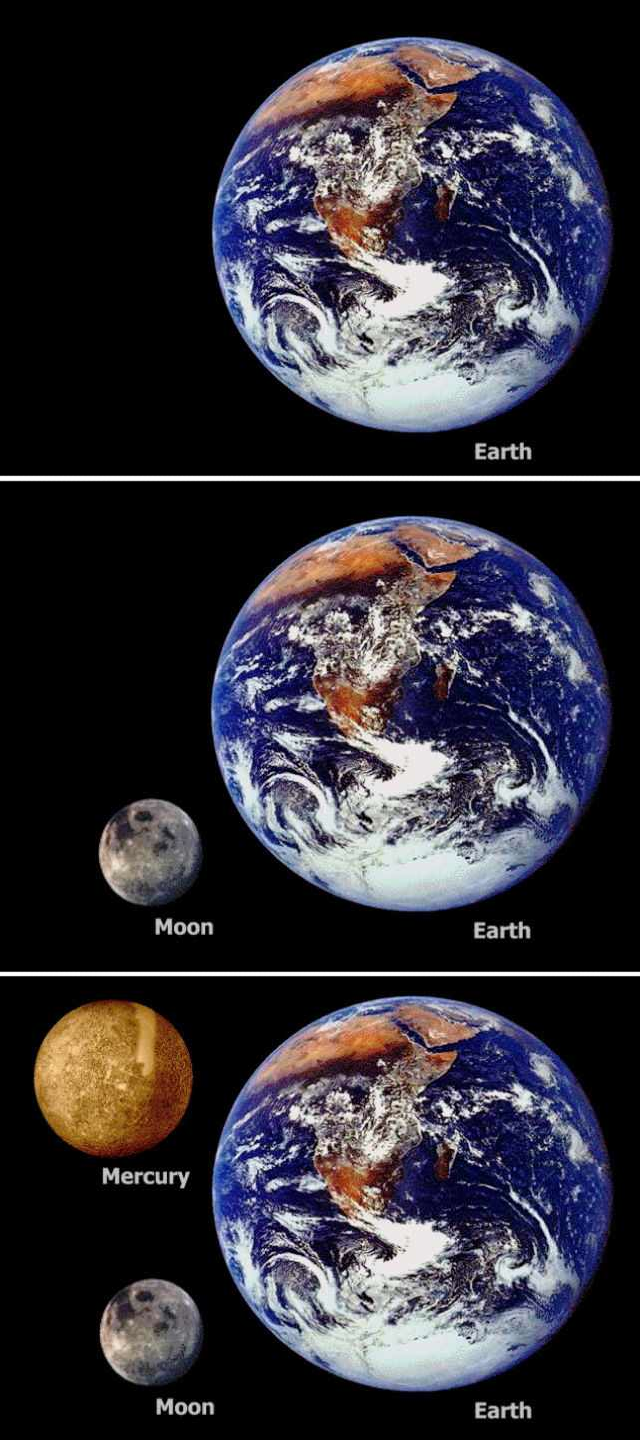
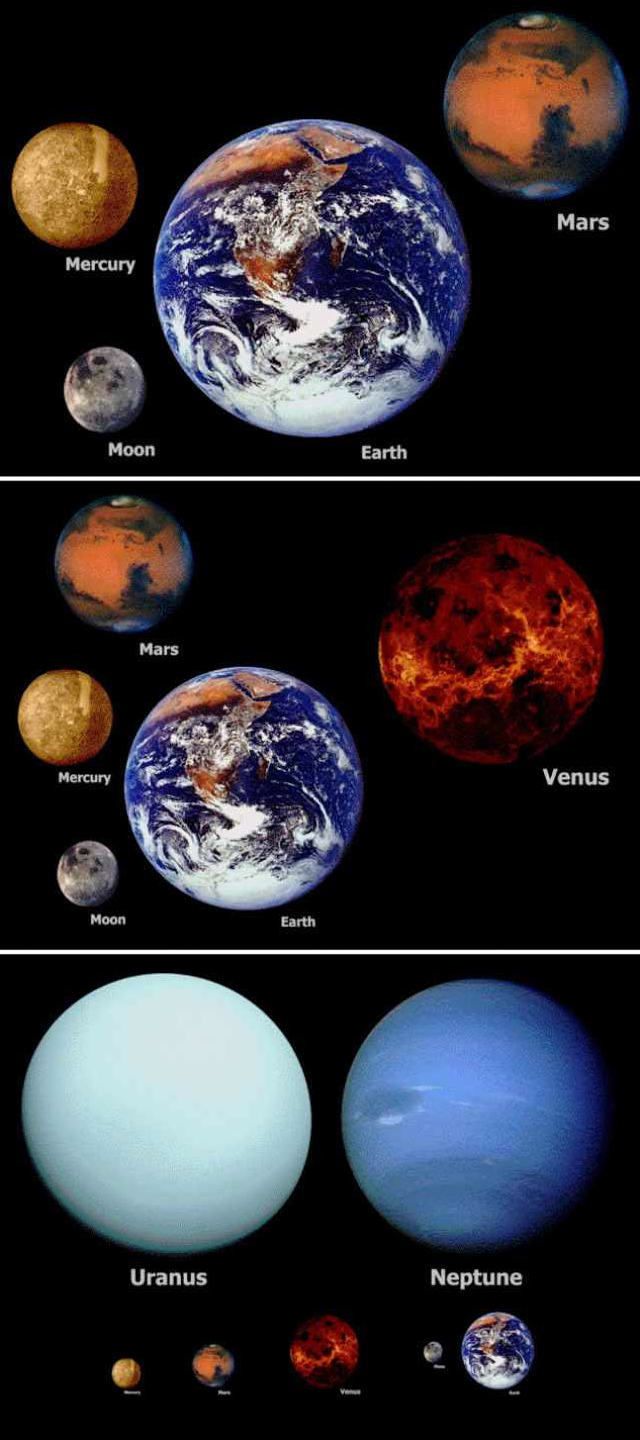
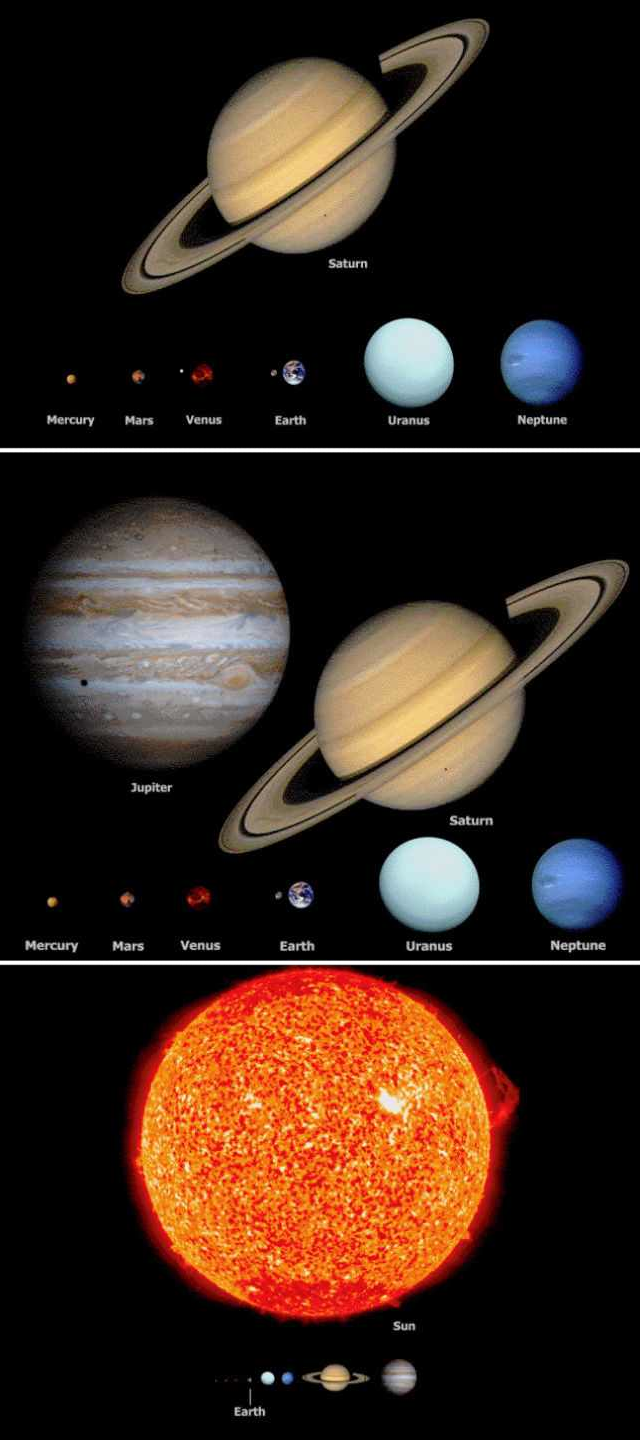
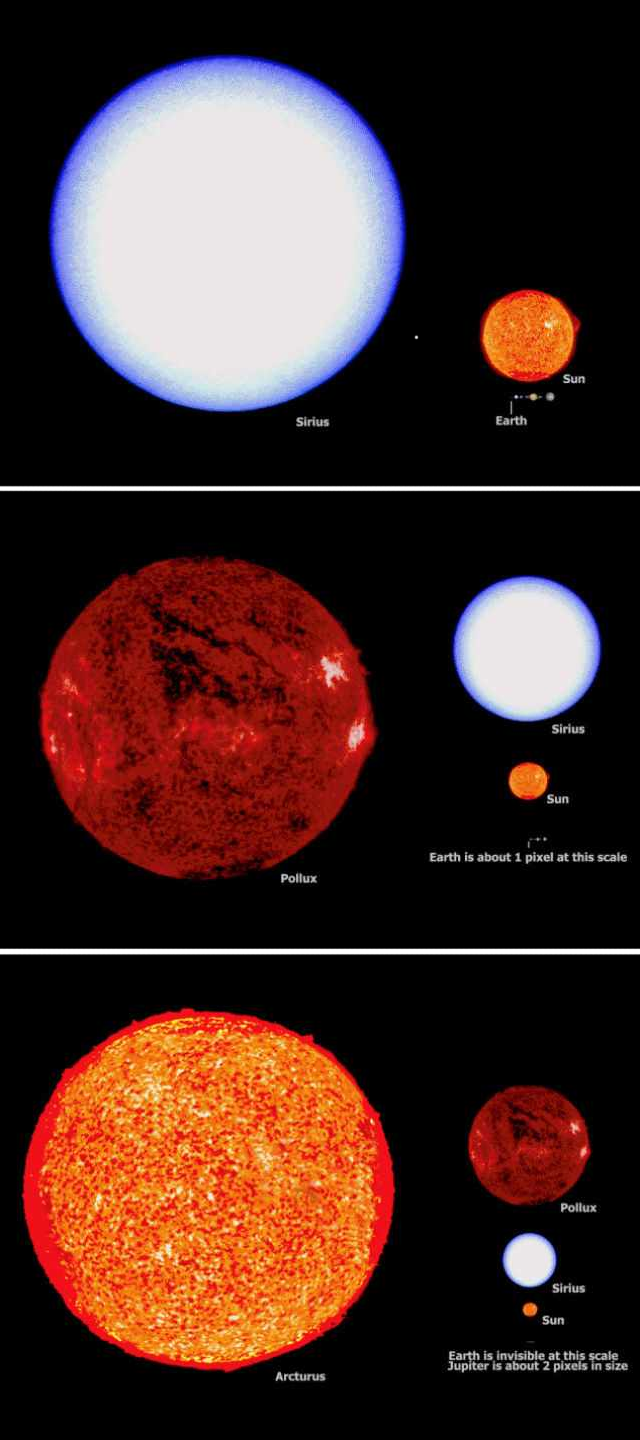



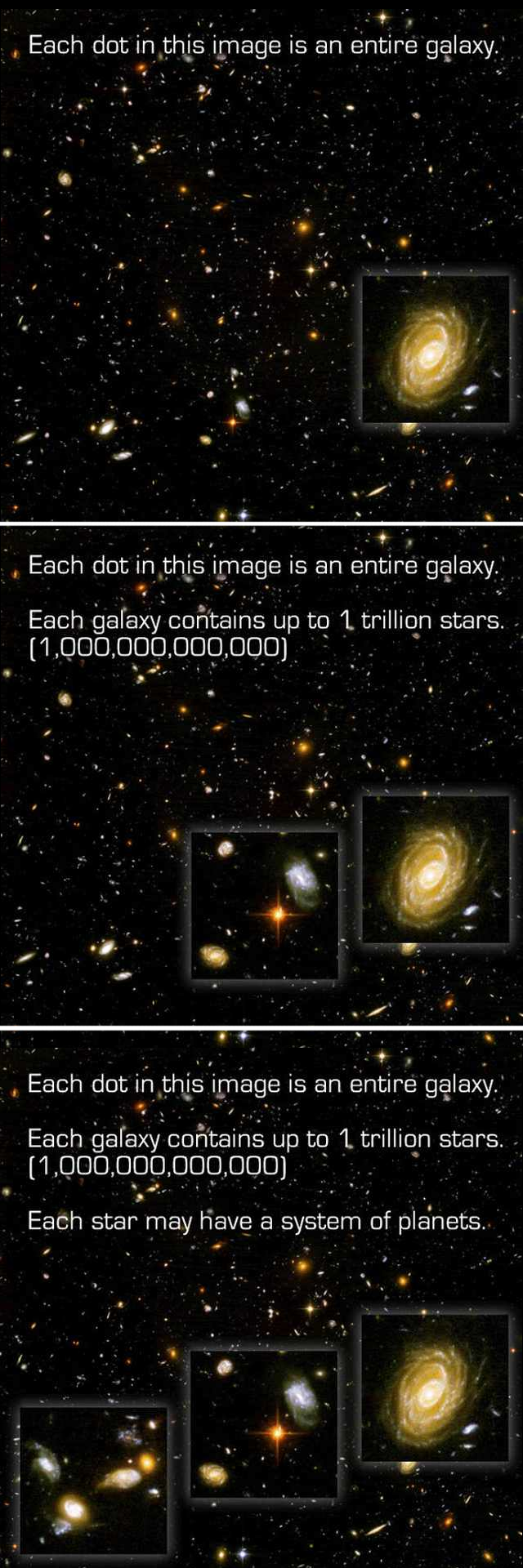

TRAILER: “TIME MASTERS (LES MAÎTRES DU TEMPS)” (1982)
This animated science fiction feature film was directed by René Laloux and Tibor Hernádi but most notably - designed by the artist Mœbius. It is based on Stefan Wul’s 1958 science fiction novel L'Orphelin de Perdide (The Orphan of Perdide).
It’s about a boy, Piel, who is stranded on the desert planet Perdide, where giant killer hornets live. He awaits rescue by the space pilot Jaffar, the exiled prince Matton, his sister Belle and Jaffar’s old friend Silbad - who are all trying to reach Perdide and save Piel before it is too late.
If you’ve seen this film, you’ve probably seen the English language dubs by the BBC in 1987 or 1991 called Time Masters.
This is a super rare film that you can find on DVD, but usually used, and pretty expensive.
Unveiling the Center of Our Milky Way Galaxy

We captured an extremely crisp infrared image of the center of our Milky Way galaxy. Spanning more than 600 light-years, this panorama reveals details within the dense swirls of gas and dust in high resolution, opening the door to future research into how massive stars are forming and what’s feeding the supermassive black hole at our galaxy’s core.

Among the features coming into focus are the jutting curves of the Arches Cluster containing the densest concentration of stars in our galaxy, as well as the Quintuplet Cluster with stars a million times brighter than our Sun. Our galaxy’s black hole takes shape with a glimpse of the fiery-looking ring of gas surrounding it.
The new view was made by the world’s largest airborne telescope, the Stratospheric Observatory for Infrared Astronomy, or SOFIA.
Make sure to follow us on Tumblr for your regular dose of space: http://nasa.tumblr.com.
the fact that jupiter and saturn haven’t been physically and observably this close since 1226 is so poetic bc you’re telling me i’m going to look up at and admire the same astronomical anomaly in the sky that someone hundreds and hundreds of years ago, with less knowledge of the stars and the planets than we have now, also looked up at and admired nonetheless. the past is long gone but the awareness of being connected to someone somewhere long ago thru the night sky is overwhelming me


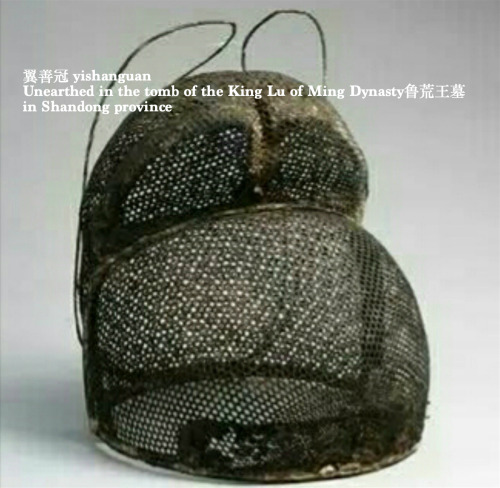



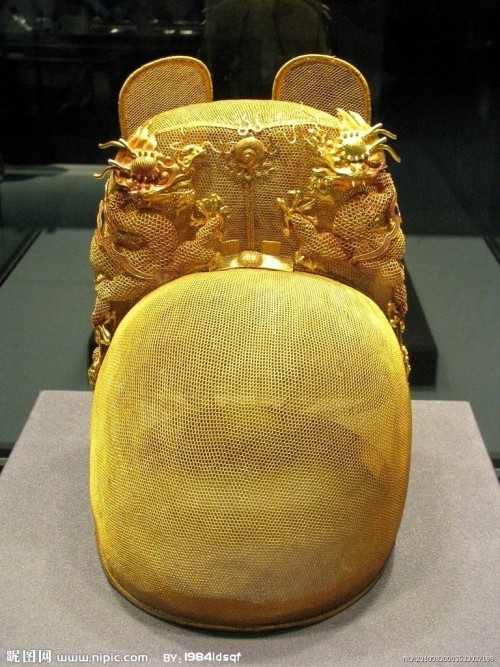
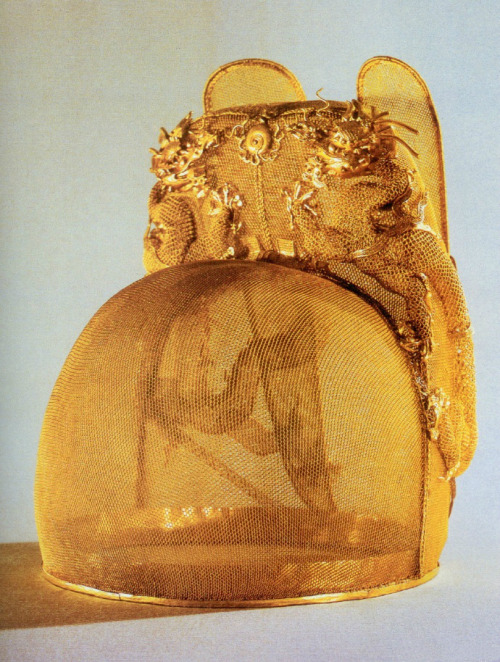


翼善冠yi-shan-guan, a type of hat in Chinese hanfu for ancient emperors and kings.
The term first appeared in Tang Dynasty and invented by Emperor Taizong of Tang. Quotes according to the official records of Tang, Song and Ming Dynasty. “唐贞观中,太宗采古制为翼善冠,自服之。朔望视朝,以常服及帛练裙襦通着之。若服袴褶,又与平巾帻通用。见宋王溥《唐会要.舆服上》﹑《旧唐书.舆服志》。明永乐三年,定皇帝常服冠以乌纱覆之,折角向上,亦名翼善冠。见《明史.舆服志二》。”
The yishanguan also has a corresponding hat of very similar shape in the official class and the commoner class, called wushamao乌纱帽, and in fact the yishanguan can be considered a variant of wushamao.
Actually yishanguan does have another name, called wu-sha-zhe-shang-jin乌纱折上巾, which means a hat made of black gauze with folded wings upward, and that’s what distinguishes it from an ordinary wushamao.
As for the origin of wushamao, it is futou幞头 in the Tang Dynasty. Futou in the Tang Dynasty originates from fujin幅巾 in the Han Dynasty. In the Han Dynasty, people wrapped their heads in a whole pair of soft cloth, so it was called fujin幅巾(It literally means a whole piece of cloth).

Some wushamao without wings, worn by officials, are similar in shape to the Yishanguan worn by the emperor. In Chinese historical dramas and costume dramas, jin-yi-wei锦衣卫, the imperial guards of secret service agent in the emperor’s court often wore this kind of wushamao without wings. And most wushamao have flush, long oval wings. There is a type of wushamao with particularly slender wings that is inherited from the Song Dynasty and is considered more formal.
The pictures below are ancient wushamao from the museums’ collection, as well as portraits of Ming Dynasty officials.


Because jinyiwei锦衣卫 resembles ancient agents, it is very popular among Chinese artists, who often draw characters wearing jinyiwei-style hanfu.

Then again, the following pictures are of Ming emperors wearing yishanguan. These pictures are accurate for reference.



Animated version drawn by 燕王WF

There are some ancient paintings from the Song and Ming dynasties, on which people are wearing various kinds of wushamao.






The above is the brief introduction about yishanguan and wushamao, after that I will also introduce more other types of hanfu hats.

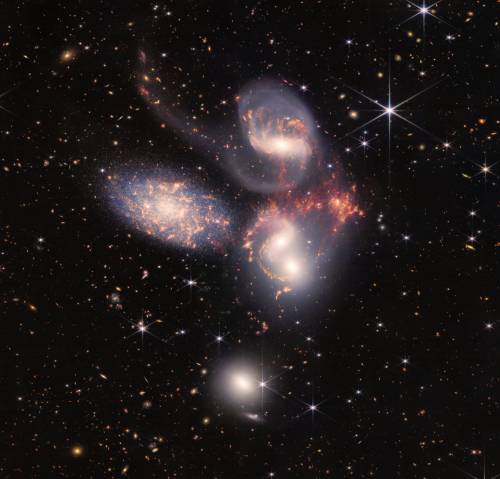
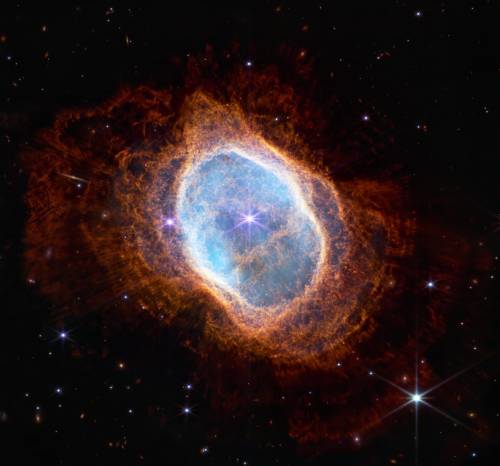
NASA’s Webb Space Telescope Reveals Astounding, Unprecedented Views of the Universe
Gobble Up These Black (Hole) Friday Deals!
Welcome to our 6th annual annual Black Hole Friday! Check out these black hole deals from the past year as you prepare to head out for a shopping spree or hunker down at home to avoid the crowds.
First things first, black holes have one basic rule: They are so incredibly dense that to escape their surface you’d have to travel faster than light. But light speed is the cosmic speed limit … so nothing can escape a black hole’s surface!
Black hole birth announcements
Some black holes form when a very large star dies in a supernova explosion and collapses into a superdense object. This is even more jam-packed than the crowds at your local mall — imagine an object 10 times more massive than the Sun squeezed into a sphere with the diameter of New York City!

Some of these collapsing stars also signal their destruction with a huge burst of gamma rays. Our Fermi Gamma-ray Space Telescope and Neil Gehrels Swift Observatory continuously seek out the signals of these gamma ray bursts — black hole birth announcements that come to us from across the universe.
NICER black holes
There are loads of stellar mass black holes, which are just a few 10s of times the Sun’s mass, in our home galaxy alone — maybe even hundreds of millions of them! Our Neutron Star Interior Composition Explorer, or NICER for short, experiment on the International Space Station has been studying some of those relatively nearby black holes.

Near one black hole called GRS 1915+105, NICER found disk winds — fast streams of gas created by heat or pressure. Scientists are still figuring out some puzzles about these types of wind. Where do they come from, for example? And do they change the way material falls into the black hole? Every new example of these disk winds helps astronomers get closer to answering those questions.
Merging monster black holes
But stellar mass black holes aren’t the only ones out there. At the center of nearly every large galaxy lies a supermassive black hole — one with the mass of millions or billions of Suns smooshed into a region no bigger than our solar system.

There’s still some debate about how these monsters form, but astronomers agree that they certainly can collide and combine when their host galaxies collide and combine. Those black holes will have a lot of gas and dust around them. As that material is pulled into the black hole it will heat up due to friction and other forces, causing it to emit light. A group of scientists wondered what light it would produce and created this mesmerizing visualization showing that most of the light produced around these two black holes is UV or X-ray light. We can’t see those wavelengths with our own eyes, but many telescopes can. Models like this could help scientists know what to look for to spot a merger.
Black holes power bright gamma ray lights
It also turns out that these supermassive black holes are the source of some of the brightest objects in the gamma ray sky! In a type of galaxy called active galactic nuclei (also called “AGN” for short) the central black hole is surrounded by a disk of gas and dust that’s constantly falling into the black hole.

But not only that, some of those AGN have jets of energetic particles that are shooting out from near the black hole at nearly the speed of light! Scientists are studying these jets to try to understand how black holes — which pull everything in with their huge amounts of gravity — provide the energy needed to propel the particles in these jets. If that jet is pointed directly at us, it can appear super-bright in gamma rays and we call it a blazar. These blazars make up more than half of the sources our Fermi space telescope sees.
Catching particles from near a black hole
Sometimes scientists get a two-for-one kind of deal when they’re looking for black holes. Our colleagues at the IceCube Neutrino Observatory actually caught a particle from a blazar 4 billion light-years away. IceCube lies a mile under the ice in Antarctica and uses the ice itself to detect neutrinos, tiny speedy particles that weigh almost nothing and rarely interact with anything. When IceCube caught a super-high-energy neutrino and traced its origin to a specific area of the sky, they turned to the astronomical community to pinpoint the source.

Our Fermi spacecraft scans the entire sky about every three hours and for months it had observed a blazar producing more gamma rays than usual. Flaring is a common characteristic in blazars, so this didn’t attract special attention. But when the alert from IceCube came through, scientists realized the neutrino and the gamma rays came from the same patch of sky! This method of using two or more kinds of signals to learn about one event or object is called multimessenger astronomy, and it’s helping us learn a lot about the universe.

Get more fun facts and information about black holes HERE and follow us on social media today for other cool facts and findings about black holes!
Make sure to follow us on Tumblr for your regular dose of space: http://nasa.tumblr.com.
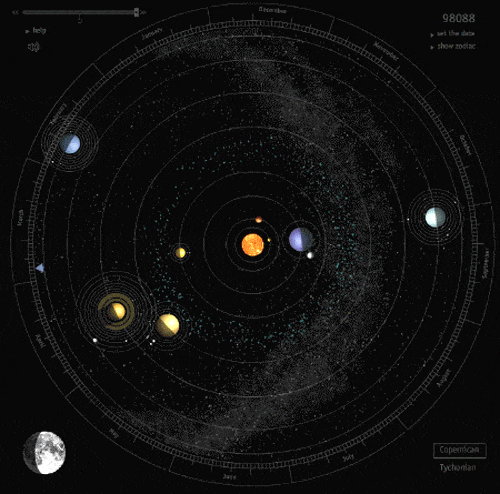
-
 primordialbitch reblogged this · 5 years ago
primordialbitch reblogged this · 5 years ago -
 adiposeclot liked this · 5 years ago
adiposeclot liked this · 5 years ago -
 thenaturaldisesther liked this · 7 years ago
thenaturaldisesther liked this · 7 years ago -
 icantthinkofausenameso liked this · 7 years ago
icantthinkofausenameso liked this · 7 years ago -
 aka-karma reblogged this · 8 years ago
aka-karma reblogged this · 8 years ago -
 aka-karma liked this · 8 years ago
aka-karma liked this · 8 years ago -
 theladyofskeletons liked this · 8 years ago
theladyofskeletons liked this · 8 years ago -
 ragecndybars reblogged this · 8 years ago
ragecndybars reblogged this · 8 years ago -
 willuthewisp reblogged this · 8 years ago
willuthewisp reblogged this · 8 years ago -
 willuthewisp liked this · 8 years ago
willuthewisp liked this · 8 years ago -
 ladyhaylo reblogged this · 8 years ago
ladyhaylo reblogged this · 8 years ago -
 ladyhaylo liked this · 8 years ago
ladyhaylo liked this · 8 years ago -
 vituperativeaaroncann reblogged this · 8 years ago
vituperativeaaroncann reblogged this · 8 years ago -
 vituperativeaaroncann liked this · 8 years ago
vituperativeaaroncann liked this · 8 years ago -
 thevampireniko reblogged this · 8 years ago
thevampireniko reblogged this · 8 years ago -
 the-never-ending-naps liked this · 8 years ago
the-never-ending-naps liked this · 8 years ago -
 super-sweet-pea liked this · 8 years ago
super-sweet-pea liked this · 8 years ago -
 sinprasteel reblogged this · 8 years ago
sinprasteel reblogged this · 8 years ago -
 sinprasteel liked this · 8 years ago
sinprasteel liked this · 8 years ago -
 pokemon-gold-moved reblogged this · 8 years ago
pokemon-gold-moved reblogged this · 8 years ago -
 pokemon-gold-moved liked this · 8 years ago
pokemon-gold-moved liked this · 8 years ago -
 austinlvl96 reblogged this · 8 years ago
austinlvl96 reblogged this · 8 years ago -
 sylvaan reblogged this · 8 years ago
sylvaan reblogged this · 8 years ago -
 sapphirehunt-blog liked this · 8 years ago
sapphirehunt-blog liked this · 8 years ago -
 calendulea-archived reblogged this · 8 years ago
calendulea-archived reblogged this · 8 years ago -
 clazzjassicalrockhop reblogged this · 8 years ago
clazzjassicalrockhop reblogged this · 8 years ago -
 clazzjassicalrockhop liked this · 8 years ago
clazzjassicalrockhop liked this · 8 years ago -
 valentinewilde liked this · 8 years ago
valentinewilde liked this · 8 years ago -
 sequencefairy liked this · 8 years ago
sequencefairy liked this · 8 years ago -
 existential-dinosaur liked this · 8 years ago
existential-dinosaur liked this · 8 years ago -
 saudadebae liked this · 8 years ago
saudadebae liked this · 8 years ago -
 elbugg reblogged this · 8 years ago
elbugg reblogged this · 8 years ago -
 c0zycult liked this · 8 years ago
c0zycult liked this · 8 years ago -
 dimplc-remade reblogged this · 8 years ago
dimplc-remade reblogged this · 8 years ago -
 lukewarmvegetables-blog reblogged this · 8 years ago
lukewarmvegetables-blog reblogged this · 8 years ago -
 thewalkingencylopedia liked this · 8 years ago
thewalkingencylopedia liked this · 8 years ago -
 thewalkingencylopedia reblogged this · 8 years ago
thewalkingencylopedia reblogged this · 8 years ago -
 i-still-love-big-hero-six reblogged this · 8 years ago
i-still-love-big-hero-six reblogged this · 8 years ago -
 amazing-spn liked this · 8 years ago
amazing-spn liked this · 8 years ago -
 spacedragonsandbigjumpers reblogged this · 8 years ago
spacedragonsandbigjumpers reblogged this · 8 years ago
